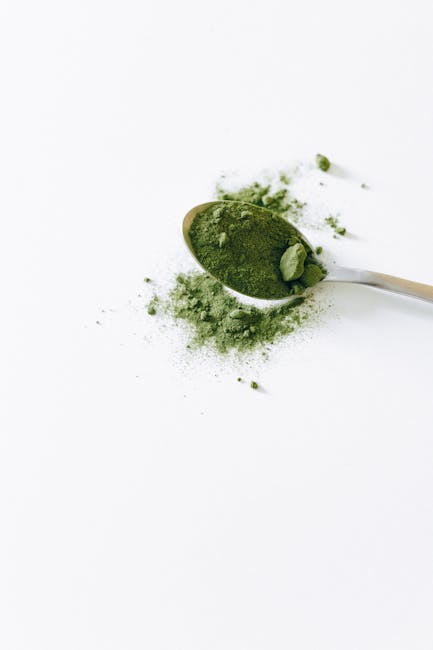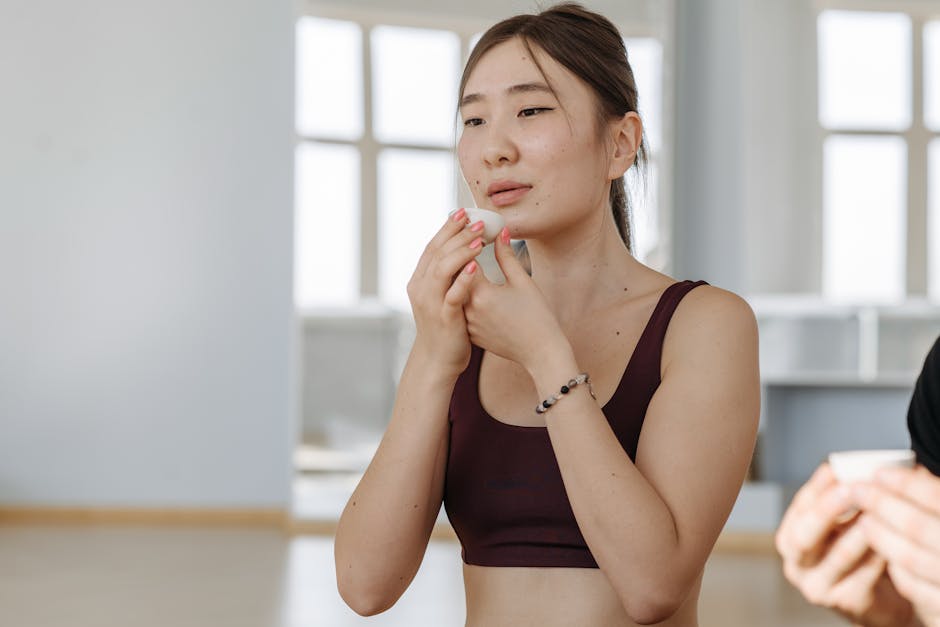The Tranquil Harmony of Chanoyu: My Journey into the Heart of a Japanese Tea Ceremony

The Tranquil Harmony of Chanoyu: My Journey into the Heart of a Japanese Tea Ceremony
Imagine stepping away from the hustle and bustle of modern life and entering a world of quiet contemplation, deliberate movements, and exquisite beauty. That's what it felt like when I first experienced a traditional Japanese tea ceremony, or Chanoyu. It was more than just drinking tea; it was a journey for the senses and a lesson in mindfulness that has stayed with me long after the last sip.
What is a Japanese Tea Ceremony? More Than Just Tea!

The Japanese tea ceremony, also known as Chanoyu, Sado, or Ocha, is a ritualized way of preparing and drinking matcha (powdered green tea) deeply rooted in Zen Buddhism. It's a serene performance art that embodies harmony (Wa), respect (Kei), purity (Sei), and tranquility (Jaku). It's a cultural tradition that has been refined over centuries, offering a temporary escape from the everyday and a path to inner peace.
It's important to understand that Chanoyu isn't simply about enjoying a cup of tea. It's a holistic experience that aims to create a harmonious atmosphere where guests can connect with each other and with nature, appreciating the beauty of simplicity. The entire process, from the preparation of the tea room to the serving and drinking of the tea, is meticulously choreographed and imbued with meaning.
My First Encounter: A Sense of Anticipation

My first tea ceremony was at a small, unassuming teahouse tucked away in a quiet corner of Kyoto. The anticipation was building as I walked along the stone path leading to the entrance. The garden, though small, was meticulously manicured, with moss-covered stones and carefully pruned trees. Even the sound of the gently trickling water feature seemed to whisper "peace."
I remember feeling a slight nervousness, unsure of the proper etiquette. I had read about it, of course, but experiencing it firsthand felt like stepping into a different world. The doorway to the teahouse was intentionally low, requiring guests to bow as they entered. This symbolic gesture encourages humility and leaving behind any pretense or ego.
The Tea Room: A Sanctuary of Simplicity

The tea room itself was surprisingly simple. It was a small, sparsely decorated space with tatami mats on the floor. A single scroll hung on the wall, and a carefully arranged flower arrangement (chabana) adorned a small alcove. There were no elaborate furnishings, just a sense of quiet elegance. The small size of the room encourages intimacy and focused attention.
The host, or tea master, greeted us with a gentle bow and invited us to sit on the tatami mats. We were instructed on the proper way to sit (seiza), which, I have to admit, wasn't the most comfortable position for my Western knees! But even the discomfort was part of the experience, reminding me to be present in the moment and to persevere. After some initial introductions, the ceremony began.
The Ritual Unfolds: A Dance of Precision

What struck me most was the deliberate and graceful movements of the tea master. Every action, from purifying the tea utensils to whisking the matcha, was performed with utmost care and precision. It was like watching a silent dance, each gesture imbued with meaning and intention. The focus wasn't just on making tea, but on creating a beautiful and harmonious experience for the guests.
Here's a breakdown of some of the key elements I observed:
- Purification: The tea master meticulously cleanses each utensil with a specific cloth and water, symbolizing the purification of both the tools and the mind.
- Preparation: Using a bamboo scoop (chashaku), the tea master carefully measures the matcha powder into the tea bowl (chawan).
- Whisking: Hot water is added to the bowl, and the matcha is whisked with a bamboo whisk (chasen) until it forms a smooth, frothy tea. This requires skill and practice to achieve the perfect consistency.
- Serving: The tea is then presented to each guest with a bow.
The sounds were minimal but significant: the gentle clinking of the tea bowl, the swishing of the whisk, and the quiet murmur of conversation. It was a symphony of subtlety, creating a soothing and meditative atmosphere.
The Taste of Tranquility: Drinking the Matcha

When the tea was presented to me, I was instructed on the proper way to receive it. I had to bow slightly, take the bowl in both hands, turn it clockwise, and then take a sip. The matcha was surprisingly bitter, but the bitterness was balanced by a subtle sweetness. It was a unique and refreshing flavor, unlike any tea I had tasted before.
We were encouraged to appreciate the color, aroma, and taste of the tea. Each sip was an opportunity to be present and to savor the moment. It was a reminder to slow down, to pay attention to the details, and to find beauty in simplicity.
After taking a few sips, we were expected to wipe the rim of the bowl with a tissue and admire the beauty of the ceramic. The tea bowls themselves are often works of art, carefully chosen to complement the season and the overall aesthetic of the ceremony. Some are centuries old and highly prized.
The Sweetness of Connection: Shared Conversation

After everyone had finished their tea, there was a period of quiet conversation. We talked about the tea, the tea bowl, the flower arrangement, and the scroll on the wall. The conversation was light and respectful, focusing on appreciating the beauty and harmony of the ceremony.
This part of the ceremony is just as important as the tea itself. It allows guests to connect with each other and with the host on a deeper level. It's a time to share thoughts and feelings in a peaceful and supportive environment. It creates a sense of community and belonging.
More Than Just a Drink: The Lasting Impact

The entire tea ceremony lasted about an hour, but the impact it had on me was much longer lasting. It taught me the importance of mindfulness, the beauty of simplicity, and the power of connection. It was a reminder to slow down, to appreciate the present moment, and to find joy in the everyday.
Here are a few key takeaways from my experience:
- Mindfulness: The tea ceremony is all about being present in the moment. Every action, from preparing the tea to drinking it, is performed with intention and awareness.
- Respect: Respect for the host, the guests, the tea, and the utensils is paramount. The ceremony is a testament to the importance of treating everything with care and consideration.
- Harmony: The entire ceremony is designed to create a harmonious atmosphere. The simple surroundings, the deliberate movements, and the shared conversation all contribute to a sense of peace and tranquility.
- Simplicity: The tea ceremony embraces simplicity in all aspects, from the sparsely decorated tea room to the unadorned tea bowls. It is a reminder that true beauty can be found in the absence of excess.
Tips for Your Own Tea Ceremony Experience

If you're planning to experience a Japanese tea ceremony, here are a few tips to make the most of it:
- Do your research: Learn about the history and etiquette of the tea ceremony beforehand. This will help you understand the significance of the different elements and feel more comfortable participating.
- Dress appropriately: While formal attire isn't always required, it's best to dress respectfully. Avoid wearing anything too revealing or flashy.
- Be on time: Punctuality is important in Japanese culture. Arriving late is considered disrespectful.
- Follow the instructions: Pay attention to the instructions of the tea master and follow their guidance. They will guide you through the proper etiquette and procedures.
- Be mindful: Focus on the present moment and try to appreciate the beauty and harmony of the ceremony. Leave your worries and distractions outside the tea room.
- Ask questions: If you have any questions, don't be afraid to ask. The tea master will be happy to explain the different aspects of the ceremony.
- Relax and enjoy: The tea ceremony is meant to be a relaxing and enjoyable experience. Let go of your expectations and simply allow yourself to be present in the moment.
Finding a Tea Ceremony: Where to Begin Your Journey

Finding a tea ceremony experience depends on your location. If you're traveling to Japan, particularly cities like Kyoto, Nara, or Tokyo, you'll find numerous opportunities. Many temples, traditional gardens, and cultural centers offer tea ceremony demonstrations or participatory experiences. Tourist information centers can often provide details and booking information.
Outside of Japan, look for Japanese cultural centers, museums with Japanese exhibits, or even private tea rooms operated by qualified tea masters. Online searches for "Japanese Tea Ceremony [your city/region]" can also yield results. Don't hesitate to contact local Japanese associations or communities for recommendations.
Embracing the Spirit of Chanoyu in Everyday Life

While I may not be able to recreate the exact experience of a traditional tea ceremony in my daily life, I can certainly incorporate some of its principles. I try to be more mindful in my everyday activities, whether it's preparing a meal, taking a walk, or simply spending time with loved ones. I try to appreciate the beauty of the small things and to find moments of peace and tranquility in the midst of chaos.
The Japanese tea ceremony is a beautiful and profound tradition that has the power to transform our lives. It's a reminder that true beauty can be found in simplicity, mindfulness, and connection. I encourage everyone to experience it at least once in their lifetime. It's an experience that will stay with you long after the last sip.
So, are you ready to embark on your own tranquil journey into the heart of Chanoyu?
Post a Comment